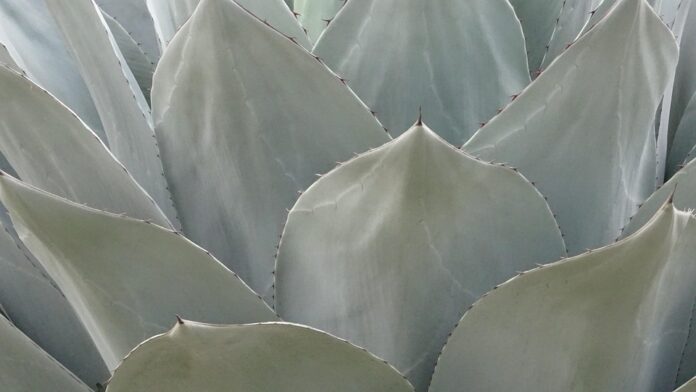Introduction
Agave plants play a crucial role in the production of mezcal, a traditional Mexican spirit known for its complexity and rarity. Both wild and cultivated agaves contribute to the unique flavors and characteristics of mezcal, making it a sought-after spirit in the global market. In this report, we will explore how wild and cultivated agaves shape mezcal’s complexity and rarity, and the impact they have on the industry.
Wild Agaves
Characteristics
Wild agaves are native to Mexico and grow in diverse regions with varying climates and soil conditions. These plants take several years to reach maturity, with some species taking up to 25 years to fully develop. The slow growth process results in agaves that are rich in sugars and complex flavors, contributing to the unique taste of mezcal.
Harvesting Challenges
Harvesting wild agaves is a labor-intensive process that requires skilled jimadores to carefully select and extract the plants from the ground. Due to the limited availability of wild agaves and the long growth cycle, their harvesting is tightly regulated to ensure sustainability and preservation of the species. This limited supply contributes to the rarity and exclusivity of wild agave mezcal.
Cultivated Agaves
Production Process
Cultivated agaves are grown on farms specifically for mezcal production, allowing for a more controlled and efficient harvesting process. These agaves are typically harvested at a younger age compared to wild agaves, resulting in a different flavor profile. Cultivated agaves are often used in combination with wild agaves to create unique blends of mezcal.
Industry Insights
The cultivation of agaves for mezcal production has become increasingly popular in recent years as demand for the spirit continues to rise globally. Large companies and small producers alike are investing in agave cultivation to ensure a stable supply of raw materials for mezcal production. This trend has led to innovations in farming practices and agave breeding to improve yield and quality.
Complexity and Rarity of Mezcal
Mezcal’s complexity and rarity can be attributed to the diverse range of agave species used in its production, as well as the craftsmanship and expertise required to create the spirit. The combination of wild and cultivated agaves, each with its own unique characteristics, results in a wide variety of flavors and aromas in mezcal.
The rarity of mezcal is also influenced by factors such as limited production volumes, strict regulations on agave harvesting, and the artisanal nature of its production. Small-batch mezcal producers often focus on quality over quantity, creating limited editions of mezcal that are highly sought after by collectors and connoisseurs.
Industry Trends and Financial Data
The mezcal industry has experienced significant growth in recent years, with global demand for the spirit increasing at a steady pace. According to industry reports, the mezcal market is projected to reach a value of $840 million by 2025, driven by growing consumer interest in artisanal and craft spirits.
Large spirits companies are also taking notice of the mezcal trend, with several major players acquiring smaller mezcal brands and investing in agave cultivation. This consolidation in the industry has raised concerns among traditional mezcal producers about maintaining the spirit’s authenticity and artisanal production methods.
Conclusion
In conclusion, wild and cultivated agaves play a crucial role in shaping the complexity and rarity of mezcal. The unique flavors and characteristics of agaves, combined with the craftsmanship of mezcal producers, contribute to the spirit’s appeal and exclusivity in the market. As the mezcal industry continues to evolve and grow, it will be important for producers to balance innovation and tradition to preserve the authenticity of this beloved Mexican spirit.



